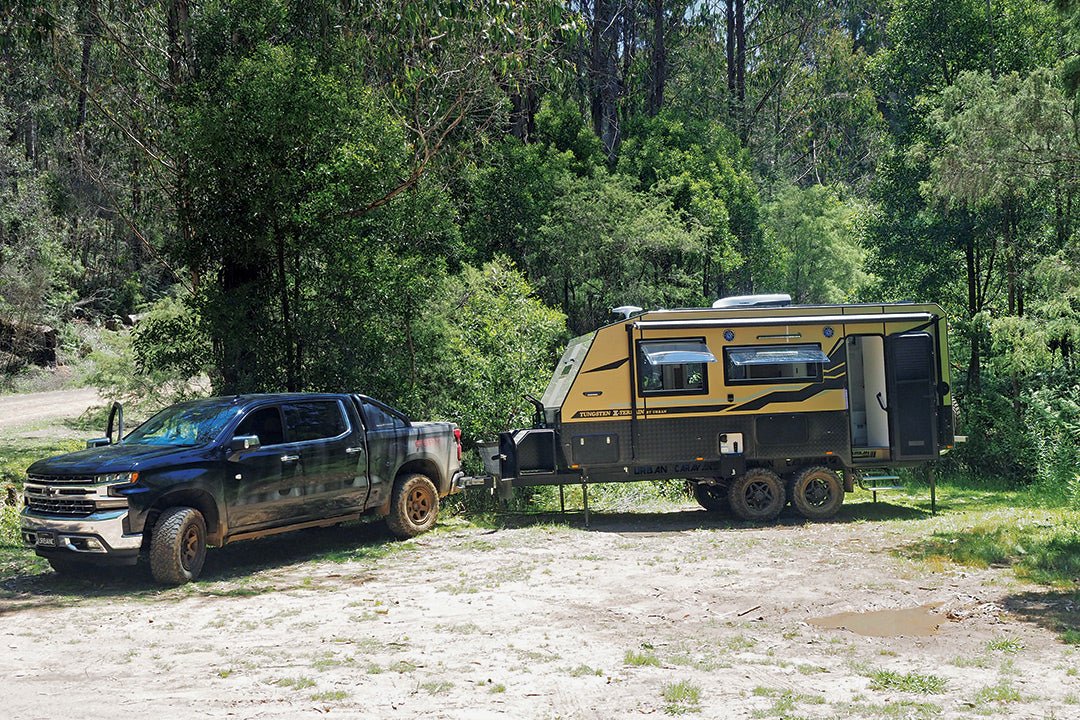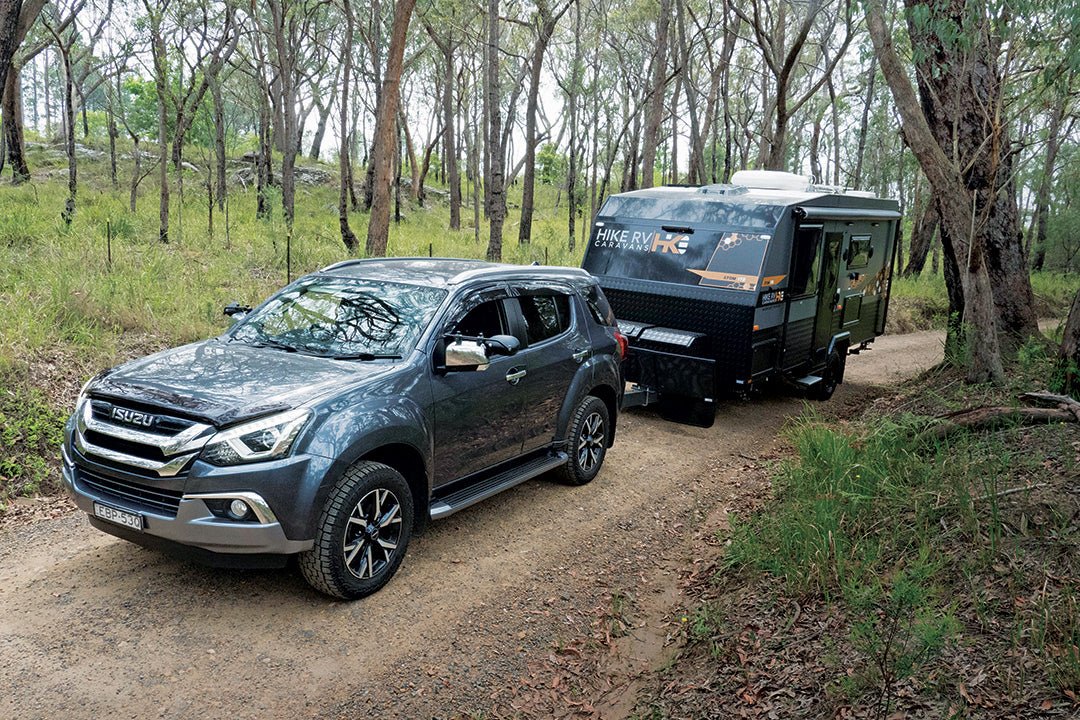Gear review: Nextivity CEL-FI ROAM R41Caravan Pack

For some, a perfect caravan life might be finding a remote spot where there’s hardly any contact with the outside world. Imagine it. Camped on a faraway beach in the shade of a tropical sun with a cool breeze gliding across your tanned trim body while reading the book we have looking forward to for months. It could be a dream escape. On the other hand, there are many who enjoy a little more civilisation.
Either way, keeping in contact with family and friends or with business associates is essential and unfortunately, the best remote destinations come with a pretty dodgy phone reception. When Telstra tells you it covers 99 per cent of the population it leaves out the bit that no one lives where you want to camp. The latest mobile repeater from Powertec might be the answer for those of us who want to head bush but stay in contact and maybe even enjoy some better streaming services. However, in many great spots the phone signal is too weak to be reliable.
The Nextivity CEL-FI ROAM R41 is the latest plug and play solution for finding a better phone signal and replaces the GO 31 Mobile repeater. The R41 uses a 4th generation Nextivity IntelliBoost chip with improved signal gain for 3G, 4G and 5G DSS connectivity and works across all Australian networks. Nextivity claims its chip offers the highest gain available anywhere and is licenced for use in Australia. Once the system is installed the unit improves the network signal without additional charges and is designed for nomadic applications in vehicles or boats and now caravans.
Nextivity’s cellular signal booster works by amplifying the network transmission. An external donor antenna receives signal to the R41 module with algorithms to separate out the correct frequency and enhance the signal which is sent to a server antenna and then broadcast out to your mobile devices.
Powertec in Queensland distributes Nextivity products across Australia and it was keen for me to install and test its latest offering, the Caravan Pack which, as the name suggests, is specifically suited caravanners. The kit comprises the R41 booster and your choice of antennas and all the cables needed. You also need to download the mobile WAVE app to help with installation and to get the most out of the booster. When using the app you can switch between Telstra, Optus and Vodaphone but it will only relay one phone at a time.
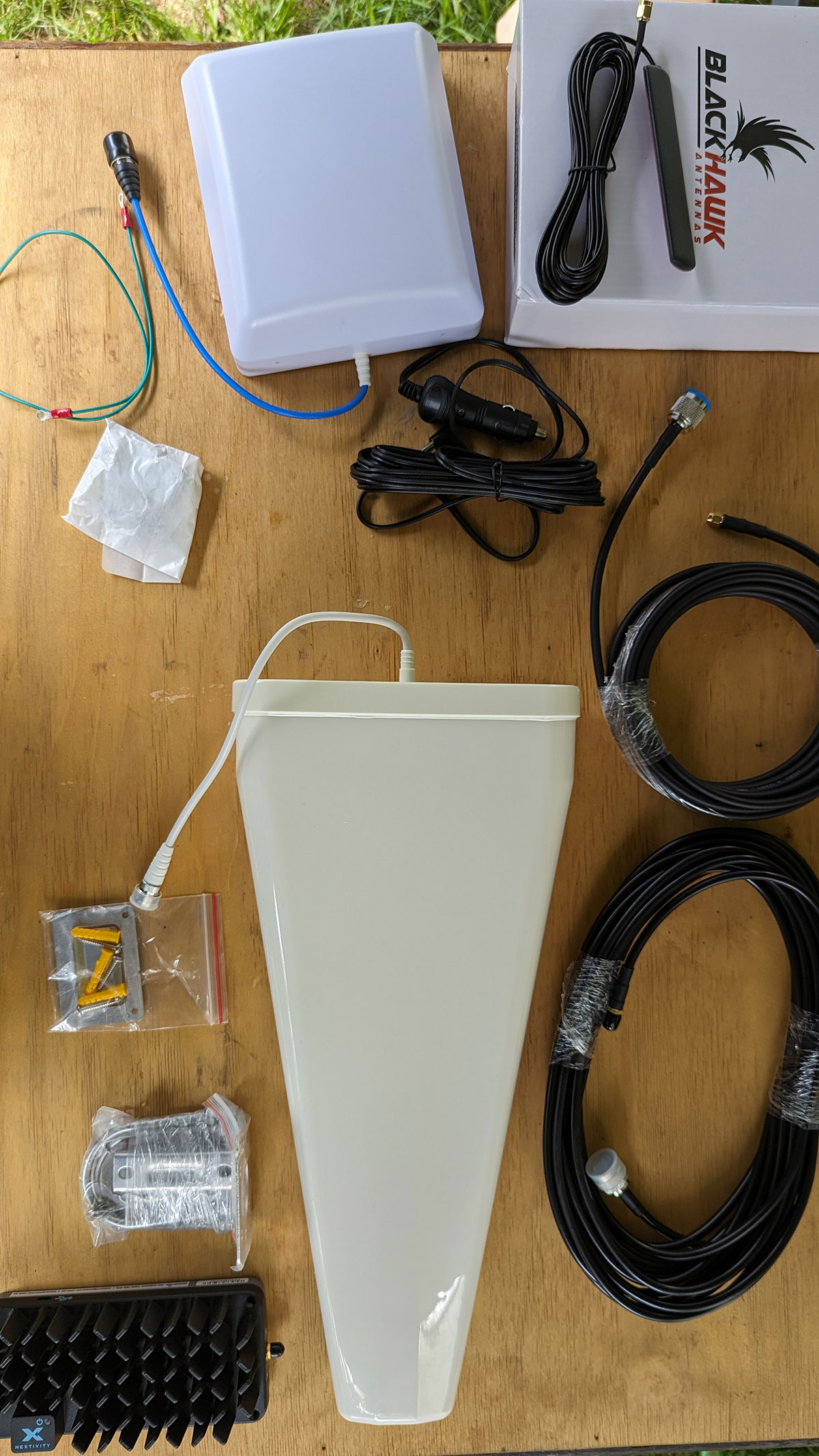
Your selection of antenna is either a directional or omni directional and each has its place. The LPDA antenna is directional so needs to point towards the cell tower to pick up signal. It’s ideal for customers who stay in the same place for a few weeks and are happy to aim and setup the antenna. Its high gain picks up a stronger signal than standard antennas if aimed correctly. To help find the correct direction the WAVE app has a signal strength meter to test various directions.
The Omni antenna is marine quality and it’s able to receive a signal from 360 degrees, so there’s no need to setup and aim towards tower. It’s ideal for users who want an easy, user-friendly installation design and is better suited to areas where there is not a clear line of sight to the cell tower; where the signal may be bouncing and coming from different directions like low ground down by the beach, in valleys surrounded by hills, or mountainous areas with lots of trees. But it has lower gain so may not be able to pick up the signal as well as a directional antenna.
Before installation we needed to plan out a suitable location to mount the equipment. To work properly, the donor and server antennas need maximum separation, so we mounted the wall mount panel antenna into a cupboard at the front of the van. This antenna sends a directional signal up to 15m at a 60 degree angle to the back of the van and out to the sides where we will mostly be sitting when camped. We then ran the cable through the floor. Then sealed it up and ran it back to the rear and up through the floor under again where it exited in a rear seat base then up to the R41. There’s also a ceiling mounted server unit but I’m not keen on adding holes to the roof.
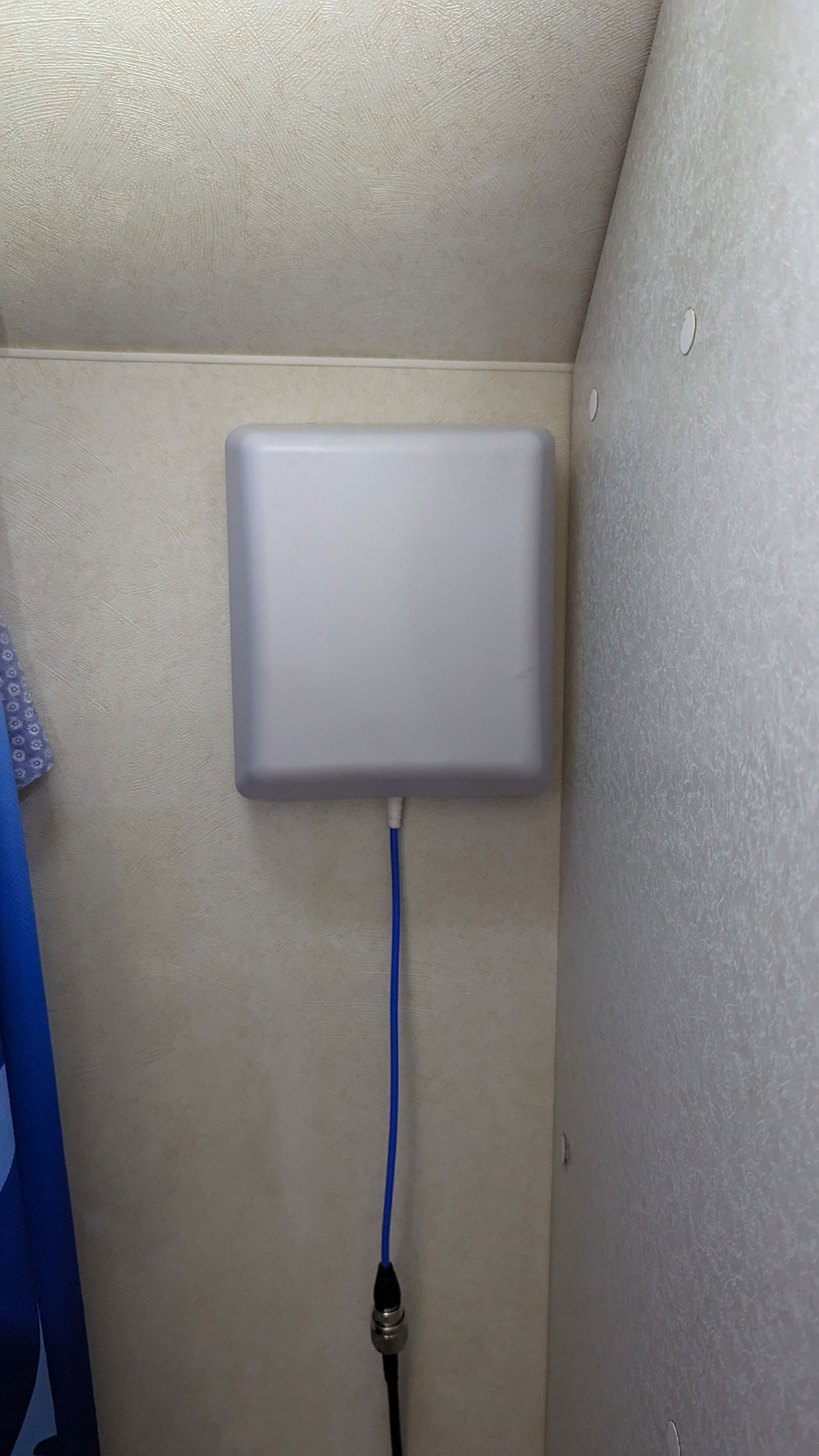
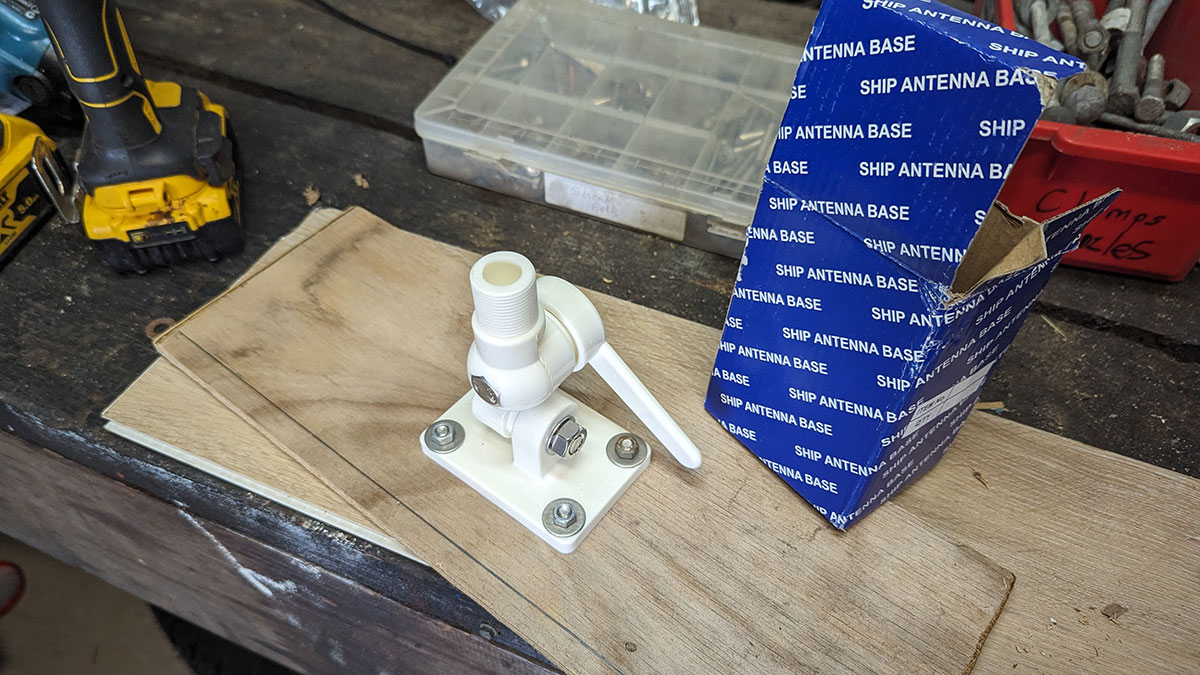
The obvious place for the main R41 unit was on the wall at the back of the van where we already had a 12V supply including an accessory power outlet. It screwed to the wall, and I ran an earth wire into the power supply in accord with the easy-to-follow instructions. The R41 gets it power from the outlet.
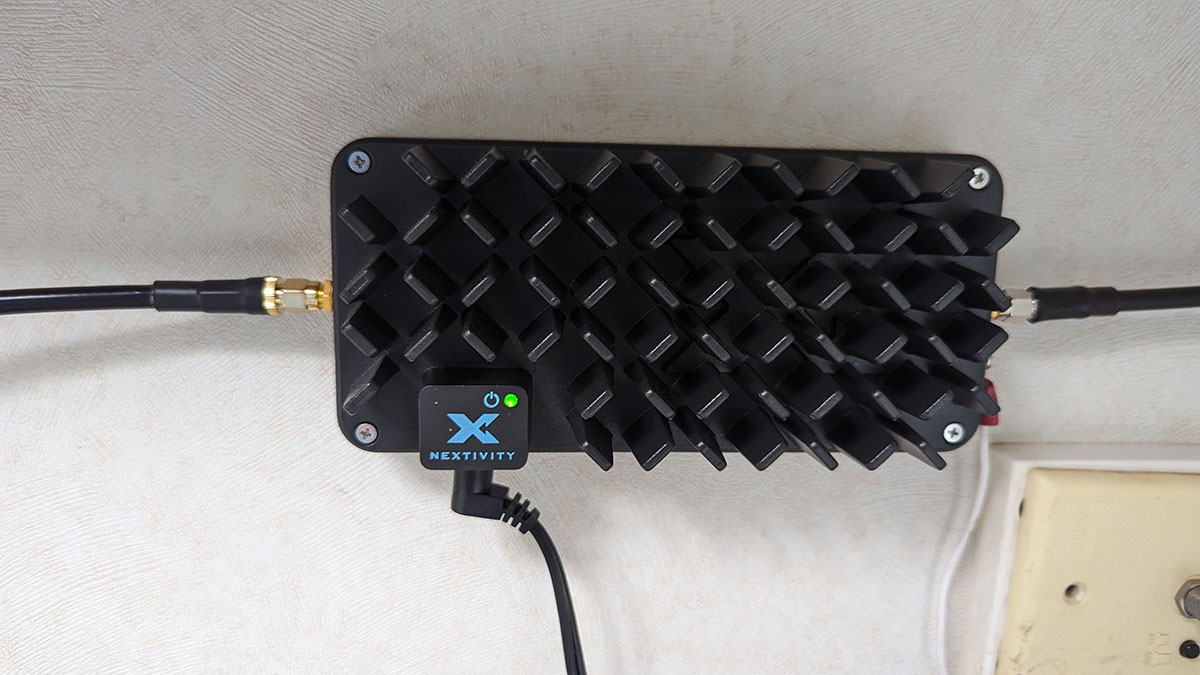
For our review, Powertec sent us two donor antennas, a multi directional folding whip antenna for permanent mounting on a flat surface and a wideband LPDA directional unit that needs a pole. The whip unit should suit most applications and it’s quick and easy to deploy. The directional one will find a weak signal but with some mucking around, but neither will boost a signal if there is no coverage. We also received an Adhesive Panel Antenna that comes with all the R41 boosters. It’s compact, easy to mount almost anywhere without drilling holes and has a range of about 6m as long as there is good separation to the donor antenna.
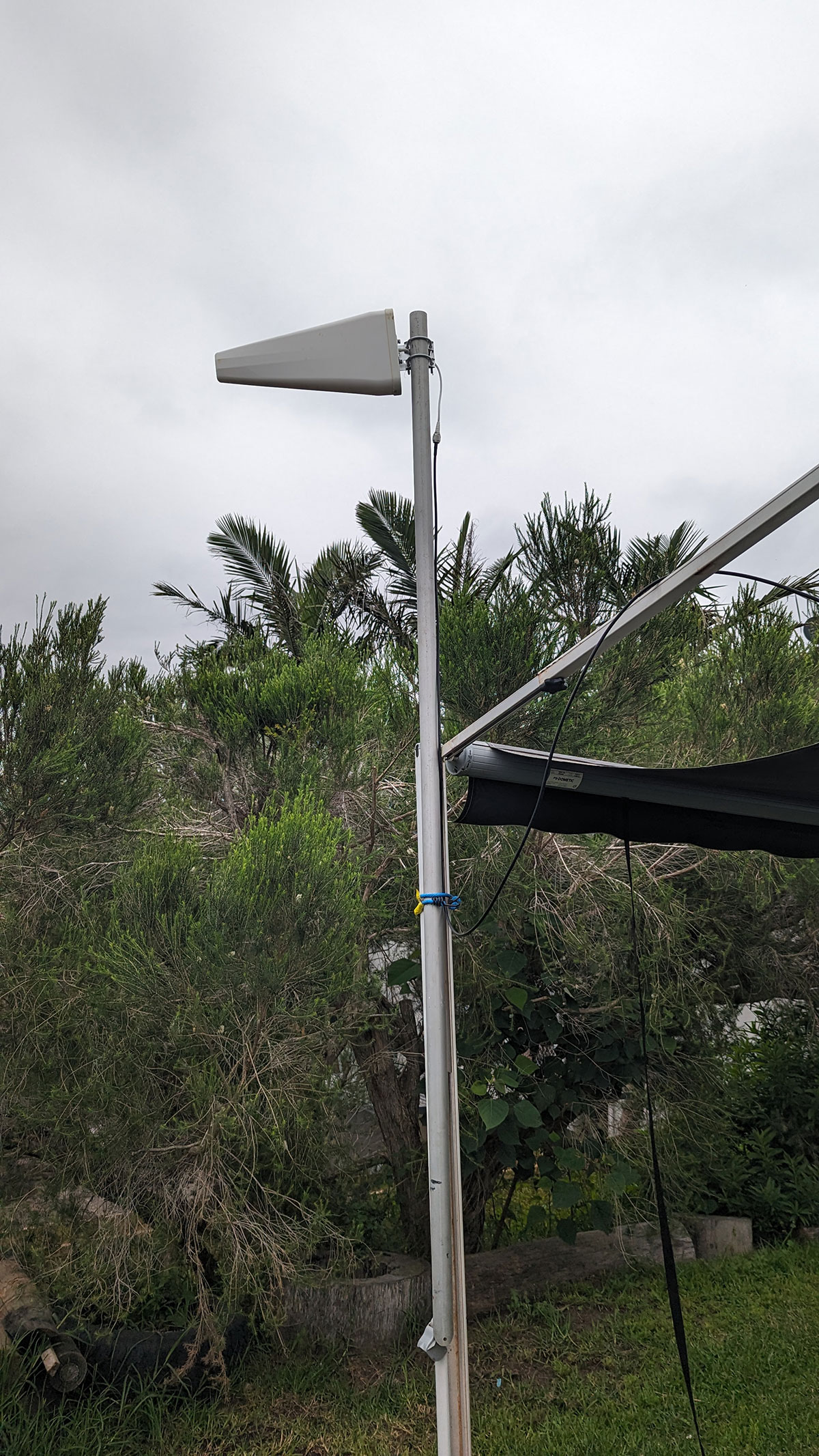
We screwed the whip antenna onto a small panel of marine ply and Sikaflexed it onto our fibreglass roof where I could raise it on its swivelling base through our roof hatch. This adds another item to our daily list of things to check before we drive away but it seemed like the best and most convenient spot. Depending on your caravan construction it could go on the wall near the entry door where it would be out of harm’s way and easier to remember when driving off.
Setting up the directional arial took some thought but I found a length of aluminium pole in the shed that I had long ago planned to make into a spinnaker pole then I had the solution. Good thing I postponed that shed cleanout for ten years. The antenna bolts to any similar 50mm pole on its brackets and I set it up on the awning arm with a couple of elastic straps. It comes apart easily and the pole goes into our storage tube with the fishing rods.
A few weeks ago, we camped with the van in the bush near the coast and the Telstra signal was minimal and streaming on the net from my phone wi-fi was near impossible.
Setting up the booster on the WAVE app was simple and fast and we had it running within a few minutes. Using the directional antenna had us increase download speed from around 7mbps to over 30mbps which is a significant improvement and meant we could stream and download with ease.
To me this proved the value of the system. It will boost a weak signal so you can communicate with the outside world when camped in fringe areas of reception. It won’t replace a satellite phone for emergency contact for travel in very remote locations where there is no signal, but it will keep you hooked up when others are struggling. I found it was especially good for streaming and for uploading images for work when the phone wi-fi signal was frustratingly slow and intermittent. It improves phone access and improves voice quality in those more remote locations so if you want to keep in touch when travelling and have peace of mind that you'll always be reachable, the CEL-FI ROAM R41 might be the answer.
The Nextivity CEL-FI ROAM R41 is vailable on the Powertec website with prices from $1537.80 depending on your choice of antenna.
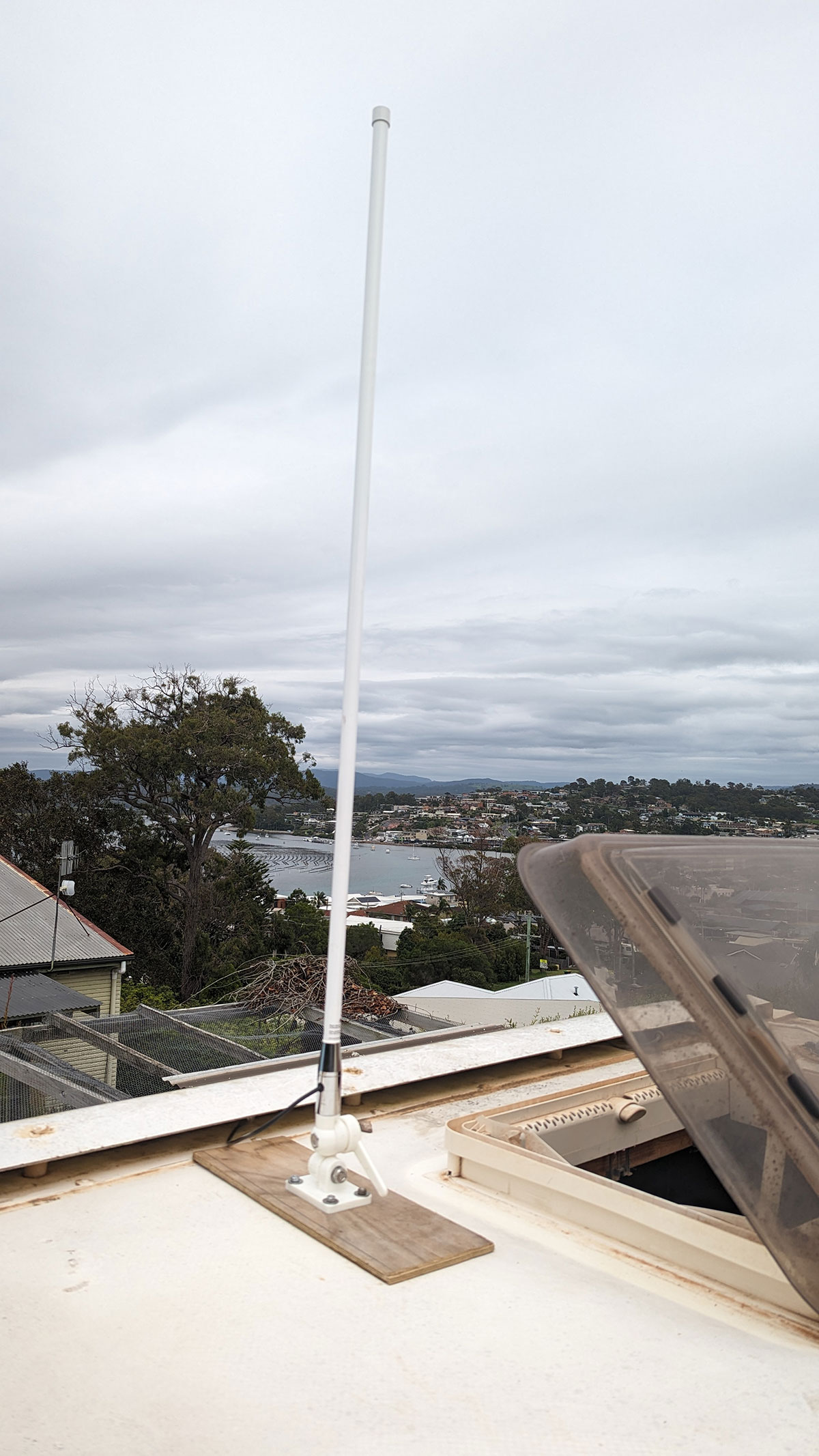
THE NEXT STEP
If you need help choosing your first caravan or are considering upgrading your existing one, check out the caravans available on TradeRVs today.
The sellers will be happy to help and answer any inquiries you may have about the products advertised for sale.
RELATED ARTICLES:
CGEAR Multimat: The perfect outdoor camping mat




